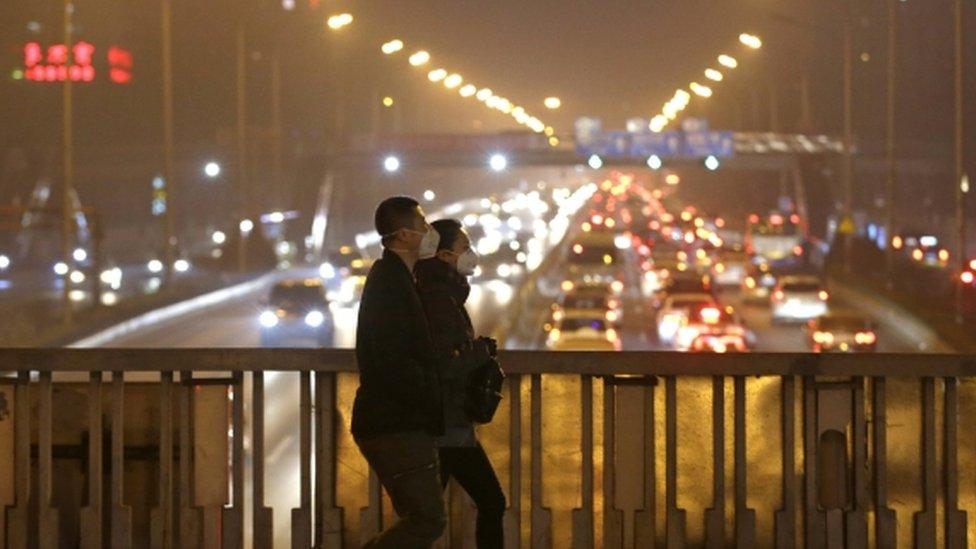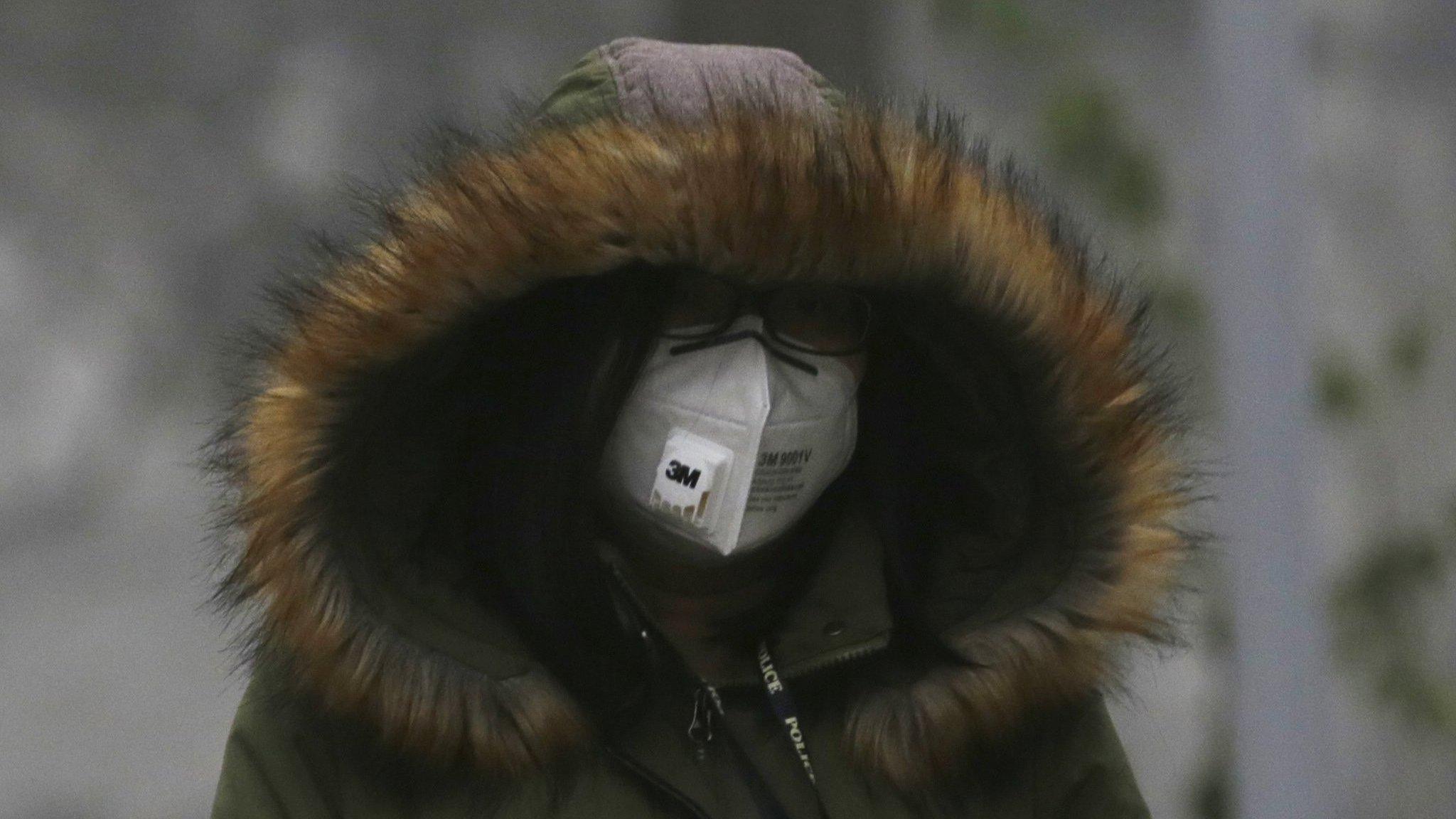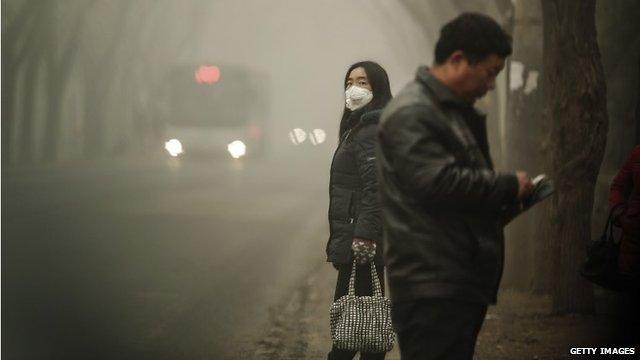China to receive $300m loan to combat pollution levels
- Published

Emissions from coal-powered industries, cars and heating systems all help create China's dangerous smog
China is to receive a $300m (£198m) loan from the Asian Development Bank (ADB) to help it combat dangerous pollution levels in Beijing city and its surrounding area.
The ADB said that poor air quality had reached such a serious level that it was "jeopardising health and sustainable growth".
The loan is intended to cut the region's coal use, external, among other pollution issues.
China is the world's biggest polluter.
The loan will target Beijing city and surrounding areas including Hebie and Tianjin. The region is home to more than 100 million people and accounts for 10% of China's gross domestic product, the ADB said.
"Poor air quality has reached such a serious level that it is jeopardising health and sustainable growth in the capital region," said ADB's urban development specialist Satoshi Ishii., external
"[Our] assistance will help reduce emissions and strengthen the environment regulatory framework and capacity of environmental monitoring and enforcement.
"Better air quality will benefit the economy and people's health, both in the region and beyond," he added.

China's red alert warning makes up part of a four-tier alert system
The money from the ADB follows the latest World Climate Summit which is concluding in Paris this week.
The bank said in a statement the loan was expected to be accompanied by co-financing from Germany's KfW Development Bank of €150m ($164m; £108.2m).
The agreement follows Beijing's first "red alert" warning over pollution levels earlier this week.
It was issued late on Monday and lasted until Thursday, and was the first time that China had declared a red alert under the system, which was adopted a little over two years ago.
Schools in Beijing were closed, outdoor construction was halted, limits were placed on car use and some factories were ordered to stop operations.
Emissions from coal-powered industries, cars and heating systems, together with dust from construction sites all help create the dangerous smog.

China's first ever pollution red alert was declared this week
When the red alert was declared, the US Embassy's air pollution monitor, external in Beijing said the intensity of the tiny particles known as PM 2.5 were at 291 micrograms per cubic metre.
A reading of 25 micrograms per cubic metre is recommended by The World Health Organization as the maximum safe level.
Despite large investments in renewable sources, China still depends on coal for more than 60% of its power.
- Published8 December 2015

- Published10 November 2015

- Published1 December 2015

- Published3 February 2015

- Published1 December 2015
